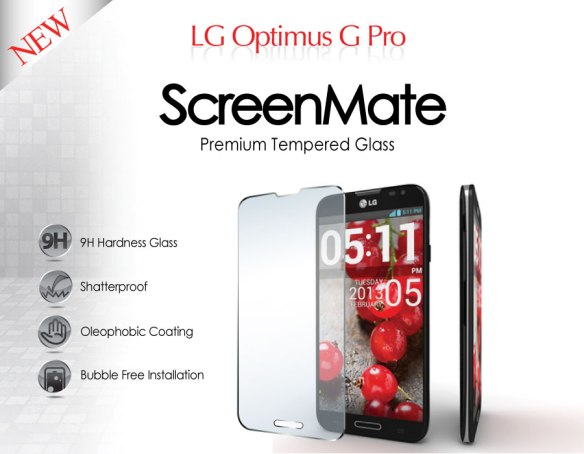3. Lead glass: When soda lime glass or potassium lime glass is added with oxidized lead, it becomes lead glass. This material has a high specific gravity, high refractive index and dispersive power while having a low softening temperature, making the manufacture process much easier. The refractive index can be further enlarged by applying cut crafting. These are used not only for high-end kitchenware, but also in achromatic optical lens, lamp glasses for electron tubes, and shield glasses for x-rays and gamma rays.
Lead glass is also called flint glass, originating from how flints were used initially for the base material of silicate. Another type of lead glass with a different build is called crown glass, because the fabrication of glass plates in the old days required blowing of the plate into a crown shape and then widening it.
4. Barium glass: This type of glass is typically used for optical purposes. The main component of barium glass is barium oxide. It is used to calibrate the aberration of the lens, and was created first by F.O.Short during the late 19thcentury in Germany. There are two major types of barium glass: low dispersion – high refraction barium crown glass and high dispersion – high refraction barium flint glass.
5. Silicate Glass: This is also often referred to as quartz glass or smelted crystal glass. It consists of 99.5% SiO2. Thermo-expansion rate is at a very low degree (around 0.5 x 10-6linear), and has a very good heat resistance. Normally when one says ‘shrunk glass’ (or heat-resistant glass), he/she is referring to 96~99.3% silicate content (Product name Vycor). With high heat resistance and excellent acid resistance, also permeable by UV rays, these glasses are used for glassware in physicochemical fields, prisms for UV spectrums and more. However, due to its requirement of 2,000°C or higher when smelting, quartz glass and shrunk glass require special techniques for production.



